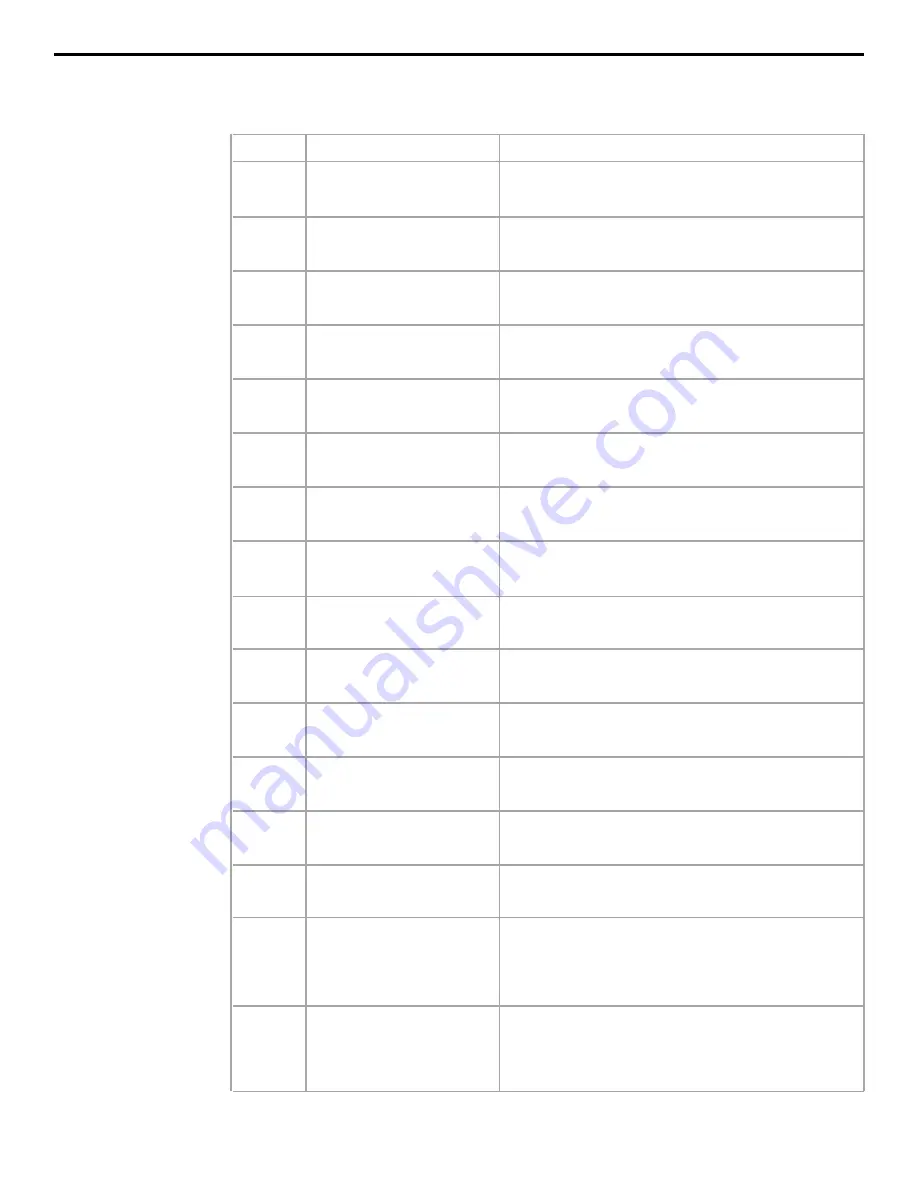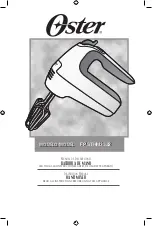
Table of SD8 Effects
Preset #
Description
Effect settings
1
Hall reverb - simulates a
Alter the reverb time. Effect 1 (standard) is 2.2 seconds.
medium-sized concert hall
Larger Effect values increase the reverb time, from
1.0 second (Effect 2) to 3.8 seconds (Effect 16).
2
Room reverb - simulates an
Alter the reverb time. Effect 1 (standard) is 0.7 seconds.
acoustically dead space
Larger Effect values increase the reverb time, from
such as a rehearsal studio
0.5 seconds (Effect 2) to 3.3 seconds (Effect 16).
3
Plate reverb - simulates the
Alter the reverb time. Effect 1 (standard) is 4.2 seconds.
effect of a bass-rich plate
Larger Effect values increase the reverb time, from
3.0 seconds (Effect 2) to 9.0 seconds (Effect 16).
4
Vocal reverb - a reverb
Alter the reverb time. Effect 1 (standard) is 4.5 seconds.
specially designed to
Larger Effect values increase the reverb time, from
enhance vocals
1.7 seconds (Effect 2) to 4.5 seconds (Effect 16).
5
Ambience - a reverb
Alter the reverb time. Effect 1 (standard) is 1.2 seconds.
specially designed to
Larger Effect values increase the reverb time, from
add brightness and depth
0.6 seconds (Effect 2) to 3.4 seconds (Effect 16).
6
Orchestral - a reverb
Alter the reverb time. Effect 1 (standard) is 1.5 seconds.
with a very wide spread
Larger Effect values increase the reverb time, from
and distinct body
0.5 seconds (Effect 2) to 3.3 seconds (Effect 16).
7
Session - simulates a
Alter the reverb time. Effect 1 (standard) is 1.0 seconds.
small, acoustically live room
Larger Effect values increase the reverb time, from
0.6 seconds (Effect 2) to 3.4 seconds (Effect 16).
8
Studio - simulates a
Alter the reverb time. Effect 1 (standard) is 0.9 seconds.
large studio with a high ceiling
Larger Effect values increase the reverb time, from
0.5 seconds (Effect 2) to 3.3 seconds (Effect 16)
9
Percussion - a reverb
Alter the reverb time. Effect 1 (standard) is 1.8 seconds.
specially designed to
Larger Effect values increase the reverb time, from
enhance percussion
0.6 seconds (Effect 2) to 3.4 seconds (Effect 16).
10
Drums - a reverb specially
Alter the reverb time. Effect 1 (standard) is 1.7 seconds.
designed to add body to
Larger Effect values increase the reverb time, from
snare drums
0.5 seconds (Effect 2) to 3.3 seconds (Effect 16).
11
Solo - a reverb with a
Alter the reverb time. Effect 1 (standard) is 3.5 seconds.
pronounced predelay, well
Larger Effect values increase the reverb time, from
suited for reed instruments
2.3 seconds (Effect 2) to more than 25 seconds (Effect 16).
12
Gate - an intense, short
Alter the gate time. Effect 1 (standard) is 448 milliseconds.
gated reverb
Larger Effect values increase the gate time, from
88 milliseconds (Effect 2) to 1.152 seconds (Effect 16).
13
Power - a short gated reverb
Alter the gate time. Effect 1 (standard) is 312 milliseconds.
good for creating a heavy
Larger Effect values increase the gate time, from
power sound
88 milliseconds (Effect 2) to 1.152 seconds (Effect 16).
14
Reverse - simulates the effect Alter the gate time. Effect 1 (standard) is 858 milliseconds.
of a tape recording played
Larger Effect values increase the gate time, from
backwards
88 milliseconds (Effect 2) to 1.152 seconds (Effect 16).
15
Delay - a long stereo delay
Effect 1 (standard) uses delay times of 185 ms (left) and
(up to 740 ms), with varied
173 ms (right). Effects 2 through 8 have different feedback
amounts of cross-feedback
amounts and increased delay times from 0.4 to 180 msec.
between the left and right
Effects 9 through 16 have different feedback amounts
channels
and increased delay times from 11 to 370 msec.
16
Echo - a fully discrete
Effect 1 (standard) uses delay times of 173 ms (left) and
two-channel echo with
185 ms (right). Effects 2 through 8 have different feedback
varied amounts of feedback
amounts and increased delay times from 0.4 to 180 msec.
Effects 9 through 16 have different feedback amounts
and increased delay times from 11 to 370 msec.
21



































